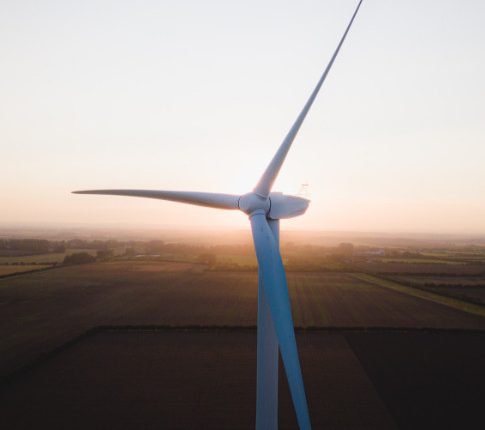Why post-pandemic recovery will be fuelled by green energy jobs
Covid-19 flipped the world’s economies upside down. As we continue to fight the virus the green shoots of recovery are beginning to appear and plans are in progress across the globe for how we build back.
A big part of that will be renewable energy, creating new jobs that not only help to stimulate economies but address accelerating environmental challenges and future-proof our energy needs. The world’s 50 largest economies have pledged to ‘build back better’, with trillions of dollars set to be invested in green energy initiatives. We look at what this means for the renewable energy sector and green jobs.
In November the UK government launched a Green Jobs Taskforce to set the direction for the job market as it transitions to a low-carbon economy. The aim is to create 2 million green jobs by 2030 and reach the UK’s legally binding target of net zero emissions by 2050.
Other countries have similar initiatives, fuelling what is hoped to be a green energy future. It comes after the pandemic initially halted many global green energy projects, putting back years of hard work. Now, as we look to recovery, is the time to build up the renewable energy workforce and build back better and greener.
The Green Jobs Taskforce’s focus is on overcoming the current challenges that face the build back greener plan, challenges that those who work in and recruit for the renewable energy industry are all too aware of.
These include ensuring that the immediate skills needed for green rebuild projects are there, for example in offshore wind and home retrofitting, as well as the skills needed in the longer term; making sure those green jobs are good quality and that a diverse workforce is hired; and, importantly, supporting workers in transitioning sectors such as oil and gas to retrain in new green technologies or use their existing skills to sidestep into green sectors.
Workers will be needed from entry-level to leadership roles and in every area of the renewable energy eco-system, from photovoltaic installers and solar/wind maintenance workers, engineers and software developers in smart grid, energy production, energy storage and data reporting, to research and development scientists and programme directors.
Then there’s marketers, business development specialists, finance administrators – the list is expansive. The potential for job creation is huge for those already working in an energy sector, those with transferrable skills that could transition into renewables, those willing to retrain or upskill, younger workers wanting to apply for an apprenticeship, graduates entering the job market, and postgraduates wanting to specialise in one of the many niche areas with the green energy sector.
The International Renewable Energy Agency (IEA) estimates that renewable energy could provide more than 40 million people with employment by 2050 and nearly double total energy sector jobs if the full potential for renewable energy is utilised on an international scale. What a boost to the jobs market that would be and a great way to rebuild the economy in a sustainable manner.
Clearly reskilling and vocational training are key and that is where partnerships between governments and industry will be needed, to assess and address the skills shortages, deliver the appropriate training and ensure that it is accessible to all. Educating children and young adults that these jobs exist so that they can pursue the relevant courses/training/degrees will help to ensure that the next generation is ready to further drive and meet the ambitious green targets set for economies across the globe.
Dr Faith Birol, IEA Executive Director, prefaces the organisation’s Sustainable Recovery report with this:
”Governments have a once-in-a-lifetime opportunity to reboot their economies and bring a wave of new employment opportunities while accelerating the shift to a more resilient and cleaner energy future.”
With global objectives on sustainable energy development and the reduction of emissions needing to be met, recovery plans must be aligned with those objectives. Leaders at the recent G7 summit in Cornwall pledged to “protect our planet by supporting a green revolution that creates jobs, cuts emissions and seeks to limit the rise in global temperatures to 1.5 degrees”. Now is the time for action.
As a result of this push to deliver a global green post-pandemic recovery, job creation in renewable energy sectors could be massive but the onus is on government’s to deliver what they’ve promised.
The current skills shortages also need to be addressed or progress will be dramatically slowed. Upskilling existing workforces and prioritising training programmes is key.
Ultimately, however, green energy jobs look set to rocket as the world’s economies begin their recovery, leading the way to a more sustainable future.

